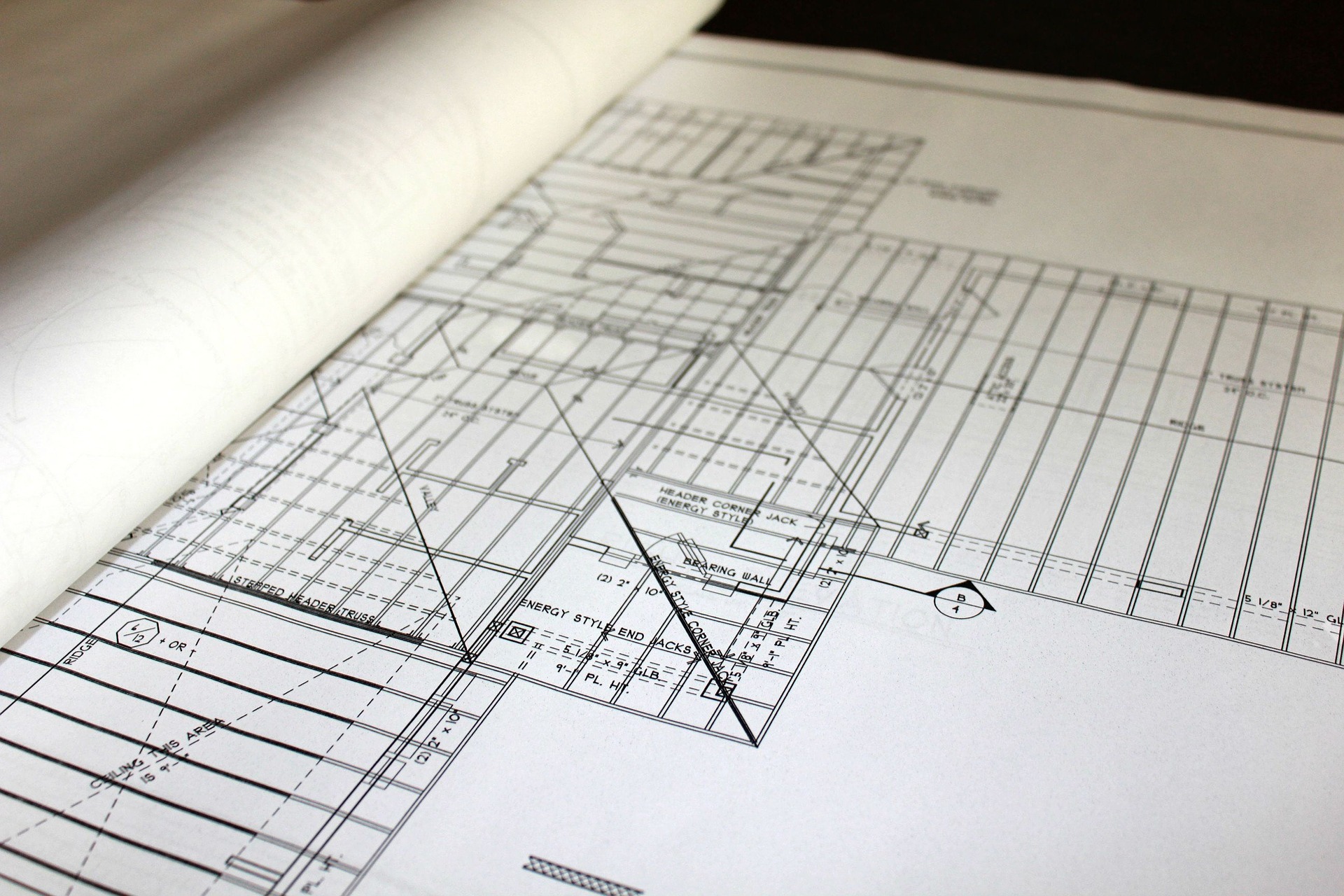 A boundary dispute can be frustrating, confusing, expensive, and complex to deal with – for both parties. However, this article will tackle some common questions and issues to help you better understand the process and provide some information on what can be done to resolve the situation effectively.
A boundary dispute can be frustrating, confusing, expensive, and complex to deal with – for both parties. However, this article will tackle some common questions and issues to help you better understand the process and provide some information on what can be done to resolve the situation effectively.
What is a boundary dispute?
Property boundary disputes are disagreements between two neighbouring properties as a result of differing views on where boundaries lie. Common boundary disputes usually concern fencing, building extensions, pathways, or shrubbery. These can all arise from a misunderstanding or a change in circumstance, but can also be from causes such as miscommunication, a lack of evidence to clearly show property boundaries, or a change in property ownership.
Step one – Be open-minded
The first step to consider when resolving a boundary dispute is to consider all the options to find an acceptable resolution before costs spiral. An issue can become disproportionate to the value of the land very quickly, due to legal fees and time invested. Misunderstandings and mistakes do happen, so we highly recommend that, if possible, each side looks to communicate as soon as possible and consider whether a compromise might be possible. Disputes can quickly become personal, and parties entrenched, so it is important to try to resolve a dispute before this happens, if possible. The aim should always be to try to find a solution that works for everyone.
Step two – prepare
Preparing thorough and clear evidence to support or deny any claims is very important in a boundary dispute. You should try and find the original document which created the boundary and shows the exact divide between the two pieces of land. This will potentially involve examining both sets of pre-registration title deeds to see whether the document is available. Be aware that the physical qualities of documents do vary, and the position of the boundary will not always be clear. Also, the way land has been treated can affect the position.
If the boundary line isn’t clear form the documentation or still cannot be agreed upon by both sides, extrinsic evidence may need to be considered. Often expert surveyors can assist, and you may want to consider jointly appointing a chartered land surveyor. This can often resolve the issue. A surveyor’s report can also be evidence used if legal action is taken. A surveyor will visit the site and provide an opinion on where the boundary lies interpreting plans and other evidence that might be available. A surveyor’s report can also provide an opportunity to resolve the dispute by the parties choosing to abide by the decision of an unbiased third party.
If your dispute is resolved at this stage, you can submit your agreed boundary details to the Land Registry, which is legally binding under the 2002 Land Registration Act.
Step three – legal action
If the dispute remains unresolved, legal action can be taken to resolve the issue in court.
Our dispute resolution team can give you specific advice on your situation and guide you through each stage of the process.
At Hutchinson Thomas, we have considerable experience in helping people with boundary disputes and aim to do so in an efficient and cost-effective manner, whilst always conscious of the importance of amicable neighbourly relations.
We can give advice either in person, by Teams/Zoom or by telephone. For experienced legal advice contact Peter Morgan on 01639 640154 or email peter.morgan@hutchinsonthomas.com
